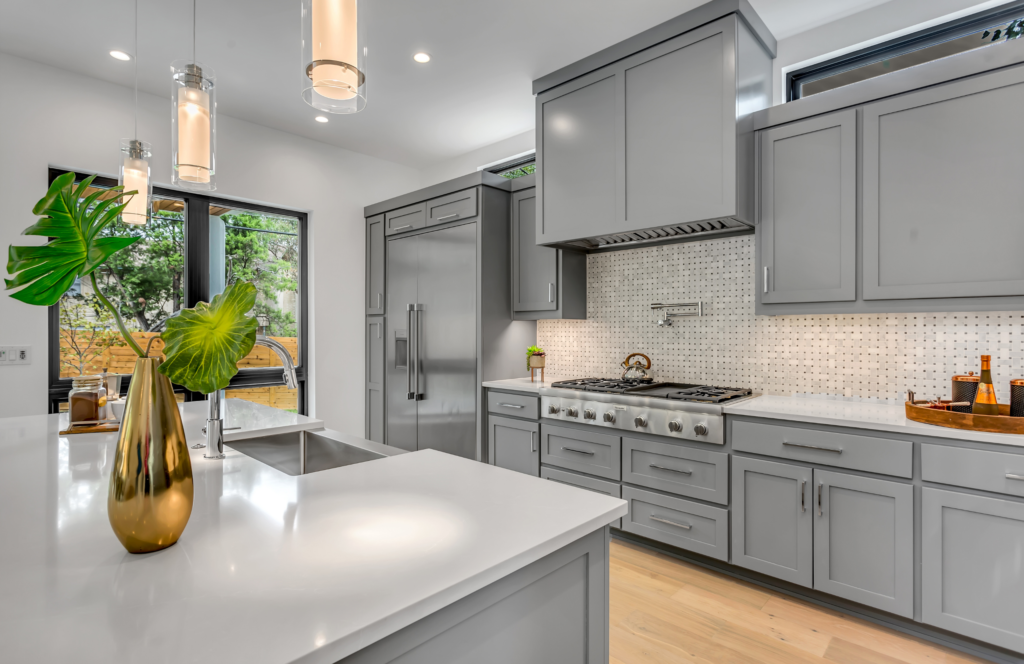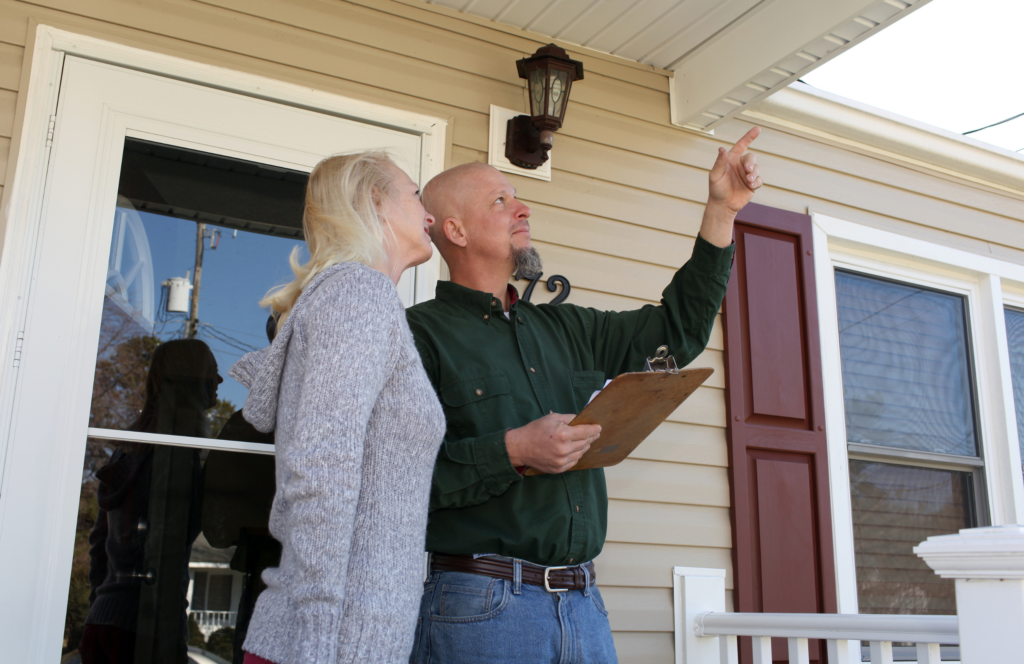
The Do’s and Don’ts of Buying Vacant Land
Do work with an agent to find the land. Your real estate agent can help to research the property and make sure that you are making a safe investment. Buying vacant land is different than buying a home; work with an agent who knows what questions to ask and knows how to negotiate on your behalf.
Building a custom home is hard work that is rewarded when you move into the home of your dreams. The first step is finding the perfect lot to build on. Before you purchase a lot to build on, be aware of these do’s and don’ts.
Do have your finances in order. You will need to have proof of funds for the purchase amount, so make sure you understand what you can afford to spend on your lot.
Do find out what utilities service the area. If you are looking outside of a developed area, you need to know what utility services are available already, or if any infrastructure needs to be added.
Do find out if incentives are available. In areas where natural disasters have occurred, local governments may offer incentives for building where previous homes have been destroyed.
Do visit the tax assessor’s office. The tax assessor will be able to tell you the estimated value of your lot as well as your projected property taxes.
Do price the neighborhood. Your agent can help you with a market analysis of the surrounding homes. You don’t want your home and land cost to be vastly higher than the rest of the neighborhood.
Don’t expect to finance your lot. Lenders often don’t lend money for vacant land, and if they do, they may only lend up to half the land value. This is why it’s so important to talk to your financial advisors before you start looking.
Don’t skip the soil tests. You should have the soil tested to make sure there aren’t pollutants or foreign materials buried beneath the surface. If you will have a septic sewer system, you will need a percolation test to make sure the property is fit for a septic tank.
Don’t forget to get a survey done. Before you purchase the lot, ask to see a recent survey or have one done to validate property lines and make sure other neighbors aren’t already encroaching on the lot with access roads, fencing, or structures.
Don’t let neighbors know of your plans. Don’t get too friendly just yet. If the land you plan to build on has been enjoyed by nearby property owners for the view, for parking, or for recreation, your plans to build may be met with resistance.
Don’t assume you can have property rezoned. Make sure you know the property zoning regulations for the property. If you are in a rural area and plan to have chickens or horses, make sure that is permitted. Be wary of sellers who tell you that you can subdivide the land or build two homes on one lot, as this may not be the case.
Don’t rely on a drive-by. You need to walk the property, no matter the size or your plans for its use. If you are buying multiple acres, don’t assume that the topography is consistent throughout with no hidden problems. Things to check for include flood-prone areas, environmentally protected-animal dwellings, trash deposits and neighbors that are involved in activities that may affect your enjoyment of the property, such as dog kennels or shooting ranges.











